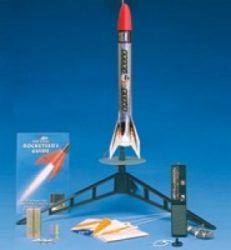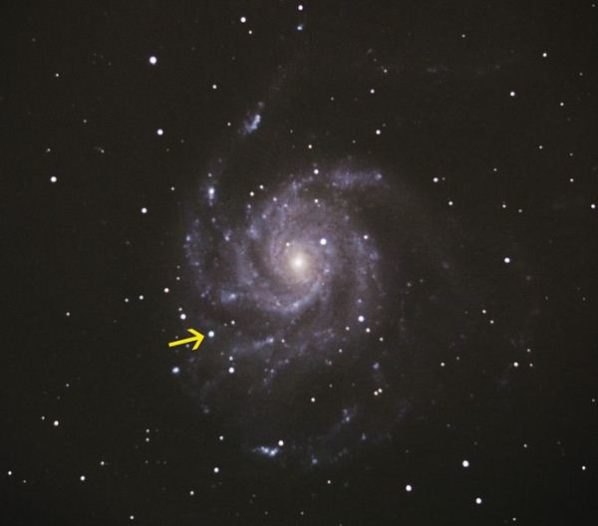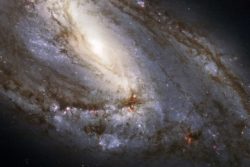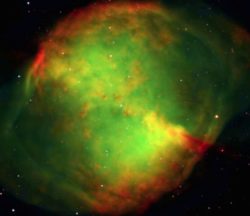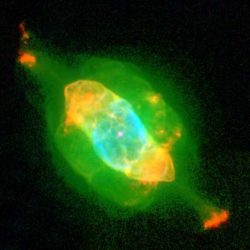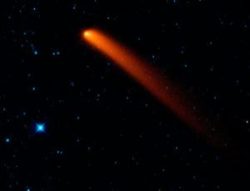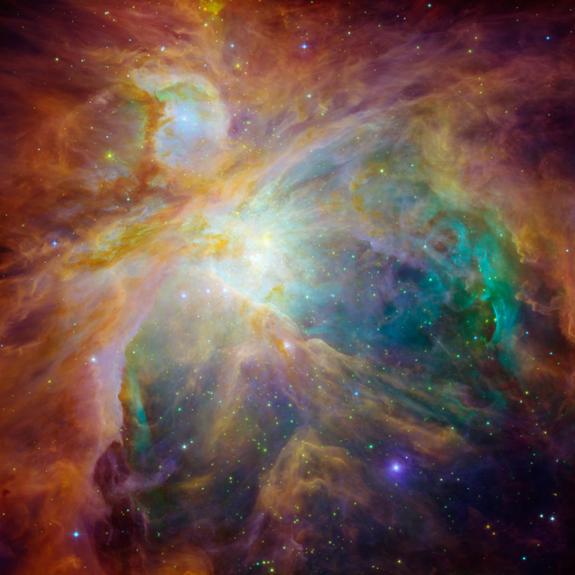Educational Gift Ideas
With the holiday season rapidly approaching, many of us are stuck with the dilemma of choosing gifts for kids. Sure you could go out and buy the most popular video game or this season’s trendy Barbie doll, but do these gifts really hold much meaning? Lets face it, children often play with a toy for a few minutes, forget about it, and move onto the next thing. This year get them something they can use over and over with their friends, along with providing an educational experience. These toys listed below are both fun and educational toys that are great for children of the ages 7-15. One of the main…
Monthly Stargazing Calendar for September 2011
This month you can witness a supernova with just binoculars or a small telescope. The supernova is called SN 2011fe and has been discovered by astronomers on August 24 within hours of its explosion. It is located within the Messier 101 galaxy 23 million light-years away in the constellation of Ursa Major.
Astronomy Picture of the Week – Unusual Spiral Galaxy M66
This is a photo of an unusual spiral galaxy called M66, or NGC 3627, taken by the Hubble Telescope. It lies about 35 million light years from Earth and it spans 100,000 light years. At a first glance, this galaxy looks familiar. Why? Well, because it is similar to our own galaxy, the Milky Way. Both galaxies are spirals. However, what’s really unusual about this one is that it is asymmetric. Usually the force of gravity of a mega black hole (or group of mega black holes) attracts all the stars and interstellar gas in a symmetric pattern. If the mega black hole is not originally in the center of…
Astronomy Picture of the Week – M27 Or Dumbbell Nebula
This greenish nebula was discovered by Charles Messier, a French astronomer of the 18th century. Originally he did not know what the object was, except that it was neither a star nor a comet. Now we know that it is a planetary nebula. It was formed by the explosion of a sun-like star (nova). It is officially designated as Messier 27 (M27, or NGC 6853), while it is commonly known as the Dumbbell Nebula. This beautiful nebula is located over 1,200 light-years away in the Vulpecula constellation. Image Credits: ESO, the European Southern Observatory.
Astronomy Picture of the Week – Nebula NGC 7009
This odd greenish nebula, called NGC 7009 or the Saturn Nebula, is the result of a star similar to our sun going nova. Since then, a bright new star was born from the gases of its predecessor. It can be seen in the center of the nebula, inside the bluish sphere of gas. The nebula is located 1,400 light-years away in the constellation of Aquarius. The picture was taken by the Hubble Space Telescope. Image Credits: NASA and Hubble Space Telescope
Dark Asteroids Discovered, Possible Threat to Earth
Dark asteroids near Earth, hard to spot but potential threats. WISE infrared telescope helps detect them. What's the risk of asteroid impact?
Astronomy Picture of the Week – The Orion Nebula
This is an awesome picture of the Orion Nebula taken by the Hubble Telescope. The Orion Nebula is located 1,500 light-years away from Earth. Astronomers believe it contains over a thousand young stars.

